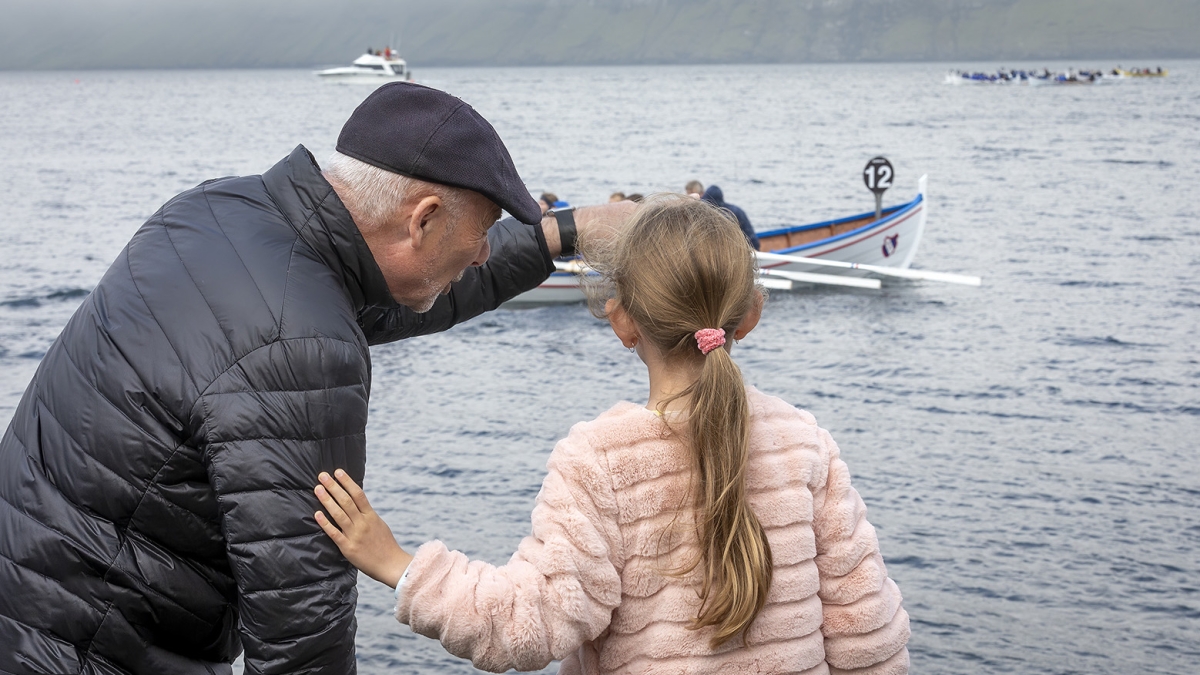Life expectancy
28. Apr 2023
Life expectancy growth is slowing down

[px-graph-1]
The annual life expectancy figures are subject to significant fluctuation due to the small population size.
To prevent these annual fluctuations from disturbing the overall picture, the LOWESS-method (LOcally WEighted Scatterplot Smoothing) is used to smooth out the numbers. All figures in this article have been smoothed out using this method.
Since 1985/86, the average life expectancy has increased by 9.4 years for men and 6.6 years for women. The difference between the sexes in this respect has gone down from just over 7 years to just over 4 years today.
Life expectancy from birth
Life expectancy is also known as expected average life expectancy. This is measured in the average number of years a man or a woman is expected to live, assuming that the observed death rates for this and older age groups remain the same as in the current year.
Life expectancy is usually calculated from birth, i.e. the average number of years a newborn boy or girl are expected to live. These figures can be seen graph above and in the left column of the table above.
Remaining life expectancy for 65-year-olds
Life expectancy can also be calculated by looking at remaining life expectancy, i.e. the average number of years a man or a woman at a certain age, e.g. 65, has left to live. As people age, they will have avoided certain risks associated with youth, which adds a few extra years to their expected life expectancy compared to a newborn.
[px-graph-3]
These figures can be seen in the graph above and in the right column of the table above. We see that a 65-year-old man can expect to live another 19.1 years – i.e. an expected life expectancy of 84.1 years. This is 3.6 years longer than the expected life expectancy of a newborn boy, which currently stands at 80.5 years.
A 65-year-old Faroese woman can expect to live another 21.7 years– i.e. an expected life expectancy of 86.7 years. A newborn girl has an expected life expectancy of 85.4 years.
Faroese life expectancy in a European context
Faroese people are among the countries with the highest life expectancy in Europe.
The graph below shows the average life expectancy in the Faroes and 45 other European nations.

Lichtenstein has Europe’s highest life expectancy for men, at 82.5 years, followed by Iceland, Switzerland, Norway. The Faroes are in fifth place on this list.
Russia and Moldova have the lowest life expectancy for men, at 66 years.
San Marino has Europe’s highest life expectancy for women, at 86.5 years, followed by Lichtenstein, Spain, Switzerland, France. The Faroes are sixth on this list.
Moldova and Bulgaria have the lowest life expectancy for women, at 75 years.
Life expectancy is different for men and women everywhere. However, countries with the lowest life expectancy tend to have the greatest differences between the sexes. In Russia, for example, the average life expectancy for men is 10 years lower than for women.